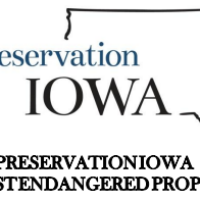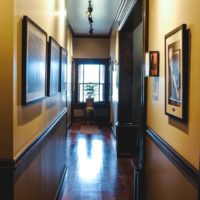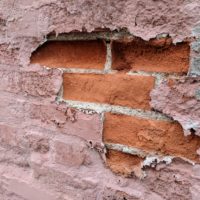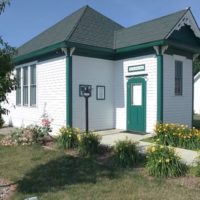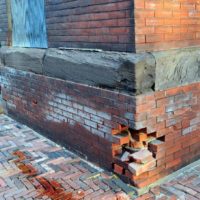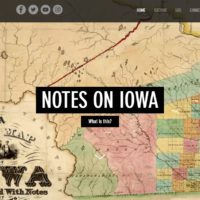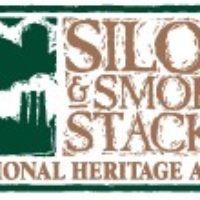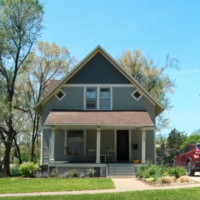Find Your Preservation Story – Essential Concepts and/or Skills
The following Learning Objectives are based on the Iowa Core Curriculum Standards for History and Literacy Education.
Understand the relationships between historical patterns, people, and time frames.
-
- Section 1: Preservation Curriculum for Teachers
- Section 2.1: Learning Objectives
- Section 2.2: Lesson Plans
- Section 3: 101 Ideas for Preservation Education
- Section 4.1: Archive Guide
- Section 4.2 – Glossary of Architecture Terms
- Section 4.3: Glossary of Preservation Terms
- Section 4.4: Research Guide
- Section 4.5: Letters to Parents and Admins
- Section 5.1: Print and Online Resources
- Section 5.2: People in Preservation
- Understand historical actions and events that posed problems, issues, or dilemmas for buildings, as well as the people directly influenced by those buildings, within a given time period.
- Understand the causes and effects of historical actions and events.
- Understand differences between past and present-day life though the development of history of old buildings.
Understand how systems of power, authority, and governance are enacted and recorded in the architecture and maintenance of old buildings.
- Understand how groups of people work together based on personal interests as well as the common good.
- Understand how preservationists can maintain local history and color by working together to preserve historic buildings and places, and why preservationists do so.
- Understand the different perspectives and belief systems that drive preservation efforts as well as those that allow preservationists and developers to decide when a historic place needs to be repaired, renovated, or razed for the good of the community.
- Understand the consequences of preservation and demolition of historic places on local, state, and federal governmental levels.
Understand the role of architecture, preservation, and place on the development and maintenance of societies and cultures, i.e., “Why Old Buildings Matter.”
- Understand the ways culture has influenced the development of historic buildings.
- Understand how cultural and architectural influences interact to affect the daily lives of various groups of people, past and present.
- Understand why some preservation efforts are supported by a culture and why some are not.
- Understand and apply knowledge of major historical events and developments that involved interaction among various groups to understand the impact a historical building can have on a community.
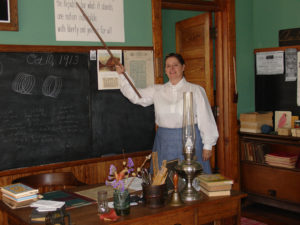
Understand the role of preservationists, architects, and property owners in preserving old buildings in order to promote change or the status quo.
- Understand the impact of important individuals and groups in technological and scientific fields pertaining to architecture and preservation.
- Understand that preservationists, architects, and property owners have had a great impact on history.
- Understand these people play a significant role in maintaining the history of their state.
- Understand how democratic values have been exemplified by these people.
Understand that students and non-property owners can also contribute to the maintenance of and have an impact on the history of their state through preservation efforts, advocacy, and research, i.e., “How to Research Old Buildings.”
- Understand how individuals can begin researching old buildings of interest to have an impact on their community.
- Understand what local historical centers, collections, archives, and places will best serve their research interests.
- Understand the roles of historians and architects in preservation and how they can assist students and other non-property owners in researching and preserving old and historic buildings.
Understand the history of buildings and place through literacy skills to support cognitively-complex levels of thinking, i.e., “How to Read Old Buildings.”
- Understand that the history of old buildings can be understood as a story that consists of characters, events, actions, cause and effect relationships, and outcomes that all interact and influence each other.
- Understand that like a story, a building’s history can extend past a finite ending and present people and events are constantly shaping that history.
- Understand how higher-order historical thinking and literacy skills can be applied in order to interpret past events and issues.
- Understand that historical perspectives can vary widely amongst people with different ideas about cause and effect.
- Understand how to develop a building’s story in line with the norms and values of a time period.
- Understand the interpretation of timelines in developing a story.
- Understand how a building’s story is impacted by individual and group decisions based on a range of factors, including economic needs and wants, events influencing the U.S. economic system, state and local economic activity, and the types of work local community members participate in over time.
- Understand the effects of geographic factors on a building’s story, including landforms, land and water exploration, seasons, climate, weather, environmental change and crises affect social and economic development.
- Understand the role of innovation on the development of historic buildings and places as influenced by cultural, scientific, and technological decisions of societies that change the way technology is used and the way people think about technological developments over time.
This project was supported in part by the State Historical Society of Iowa, Historical Resource Development Program.

